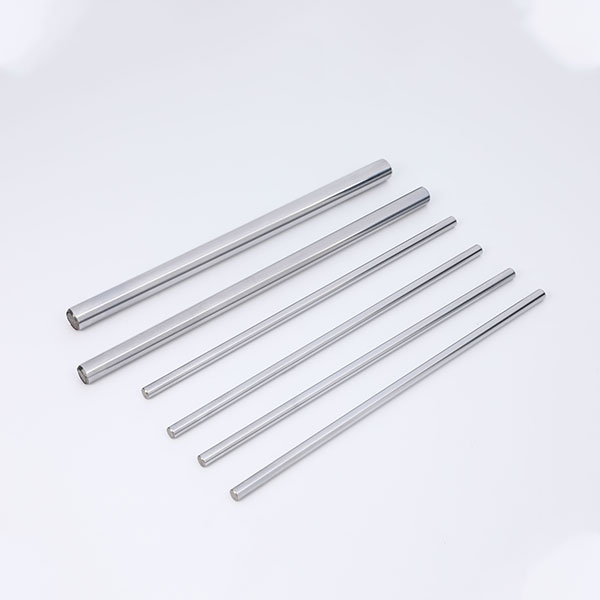Stainless steel piston rods are mainly used in hydro/pneumatic, construction machinery and automobile manufacturing. Piston rods are rolled because residual compressive stress remains in the surface layer, helping to close microscopic cracks on the surface and hindering the expansion of erosion. Thereby, the corrosion resistance of the surface is improved, the generation or expansion of fatigue cracks is delayed, and the fatigue strength of the cylinder rod is improved. Through rolling forming, a cold working hardened layer is formed on the rolling surface, which reduces the elastic-plastic deformation of the contact surface of the grinding pair, thereby improving the wear resistance of the surface of the cylinder rod and avoiding burns caused by grinding. After rolling, the reduction of surface roughness can improve the matching performance. At the same time, the friction damage to the seal ring or the seal when the piston rod and the piston move is reduced, and the overall service life of the cylinder is prolonged.
The rolling process is an efficient and high-quality process measure. Now take the mirror doctor brand cutting roller head with a diameter of 160mm as an example to prove the effect of rolling. After rolling, the surface roughness of the cylinder rod is reduced from Ra3.2~6.3 microns before rolling to Ra0.4~0.8 microns, and the surface hardness and fatigue strength of the cylinder rod are increased by about 30% and 25%, respectively. The service life of the oil cylinder is increased by 2~3 times, and the efficiency of the rolling process is about 15 times higher than that of the grinding process. The above data show that the rolling process is effective and can greatly improve the surface quality of the oil/pneumatic cylinder rod.

Post time: Mar-08-2022



